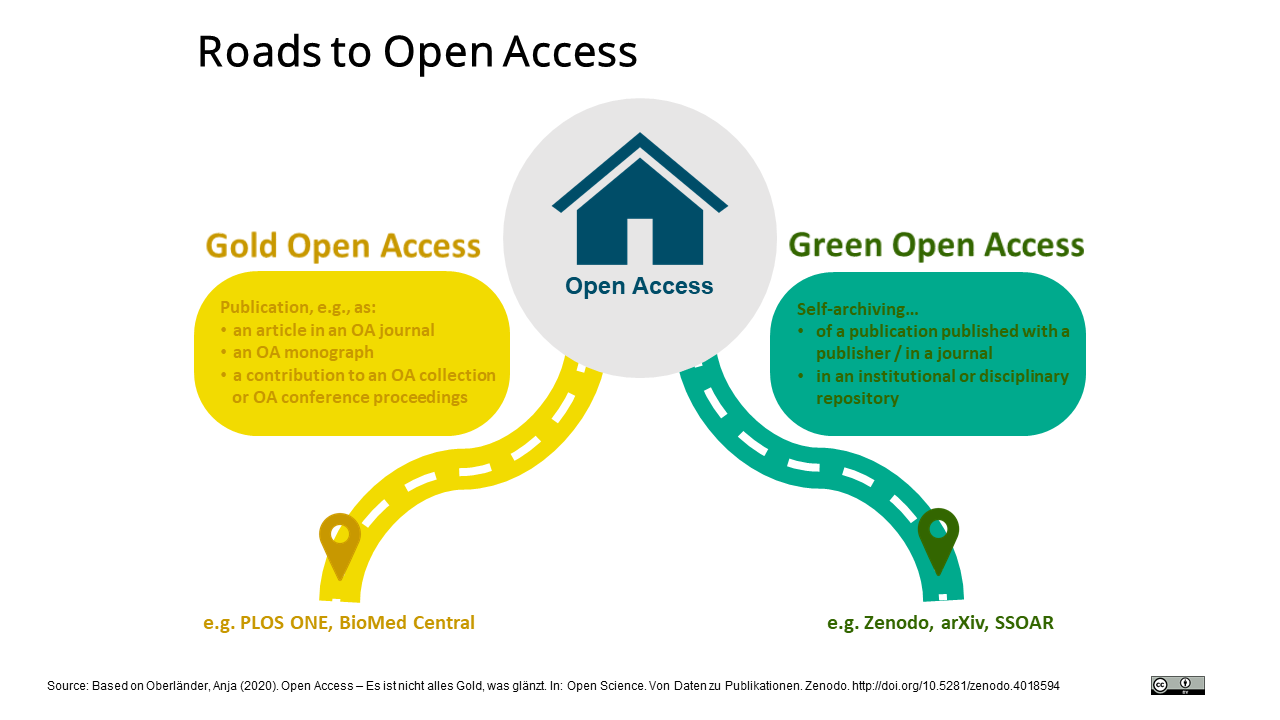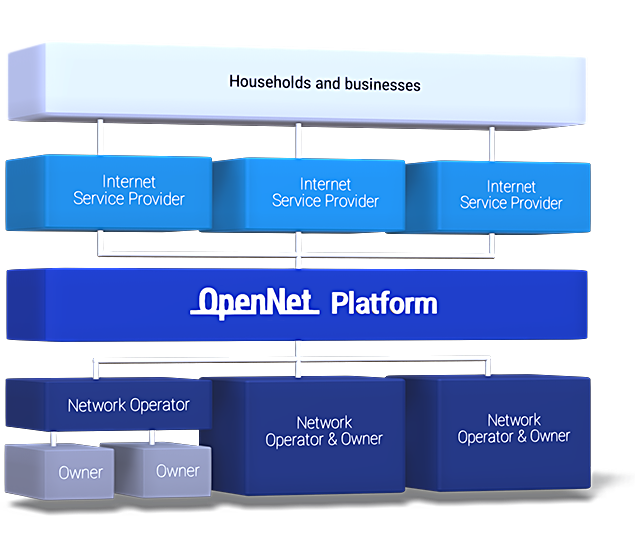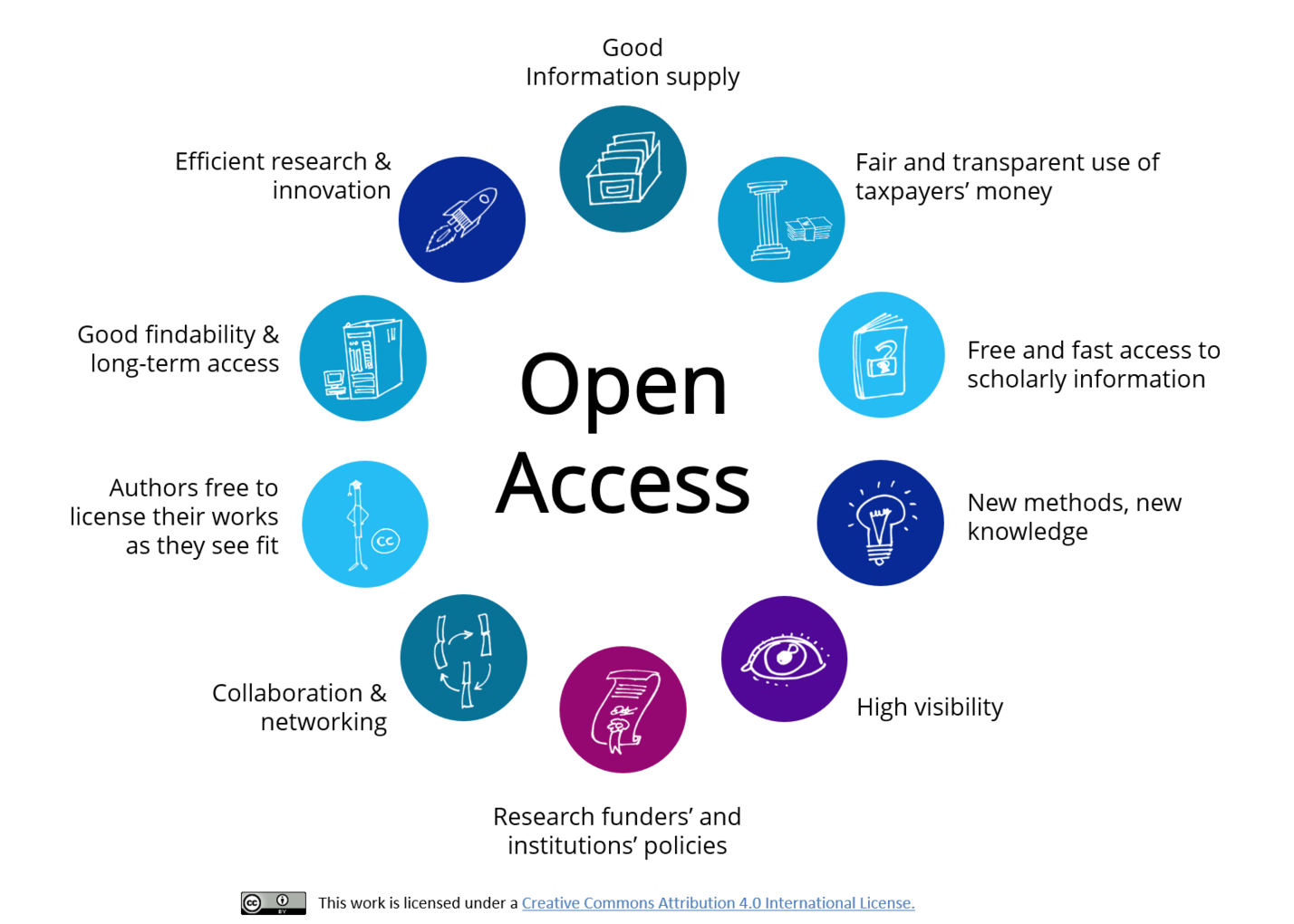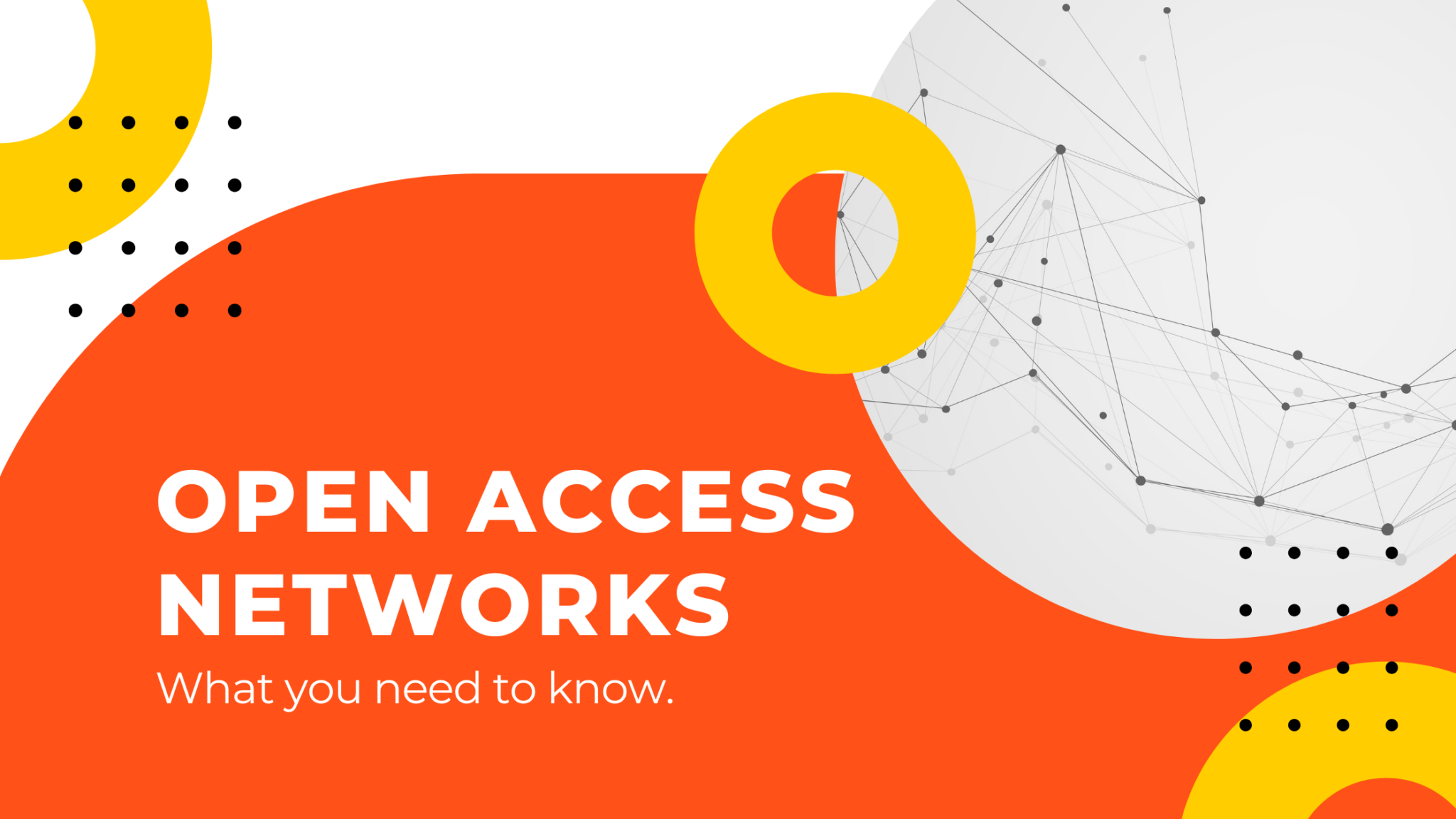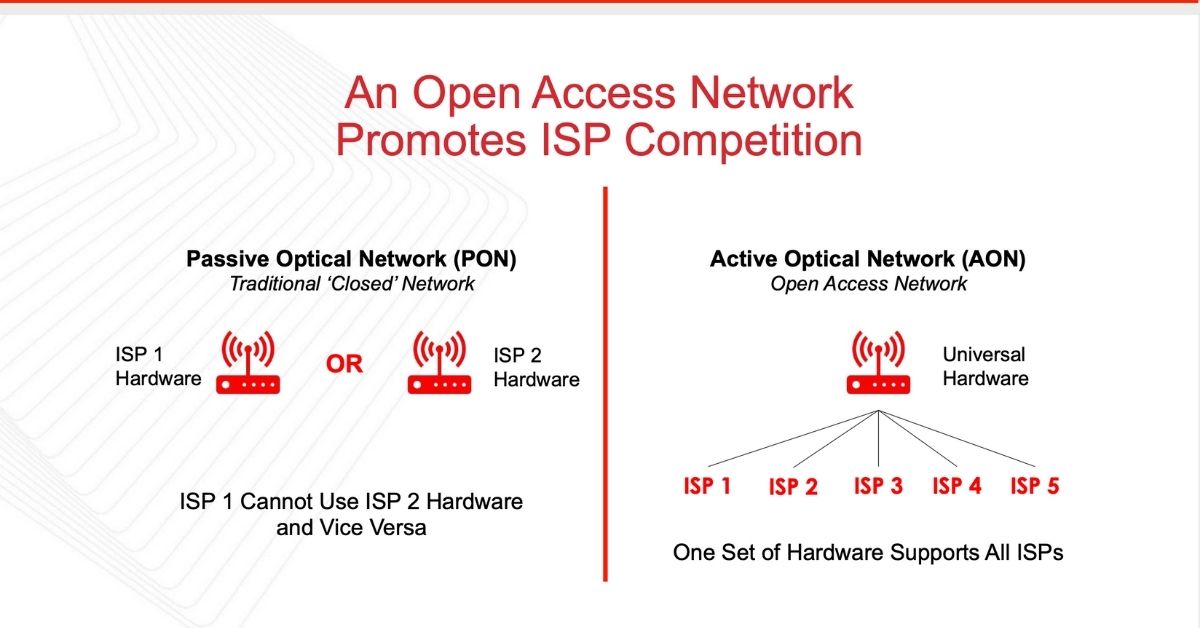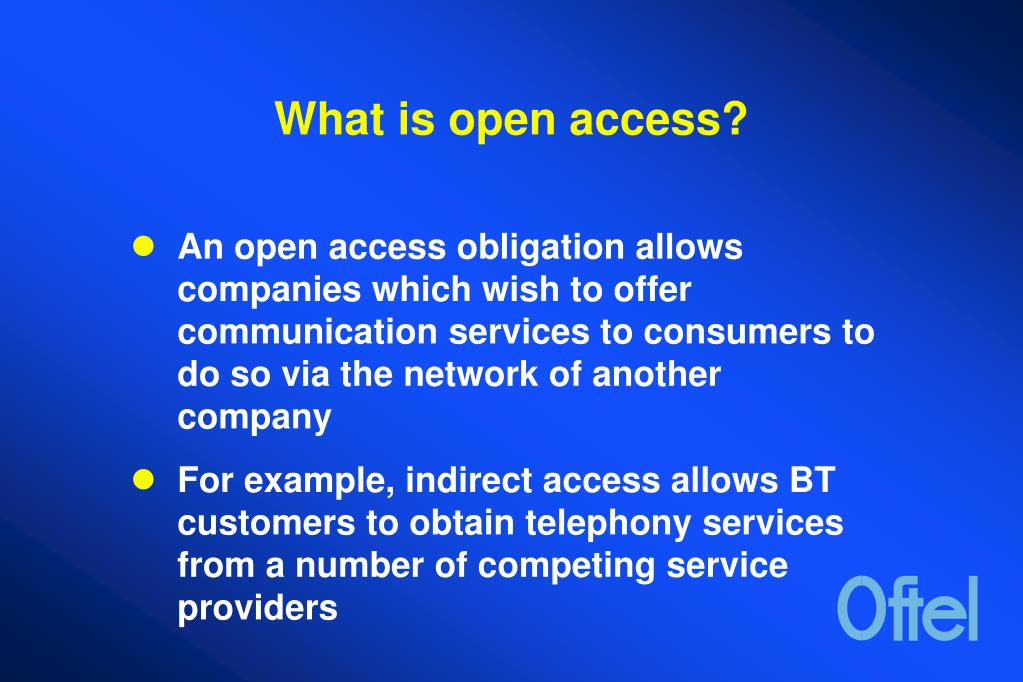Which Of Our Products Offer Choice Flexibility Open Access Network
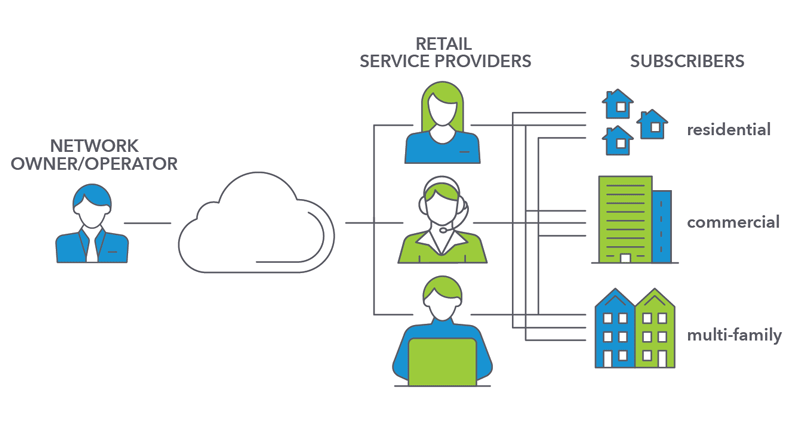
In an era defined by digital dependence, the concept of internet access is no longer a luxury, but a fundamental necessity. The architecture underpinning this access, particularly the presence or absence of choice flexibility and an open access network, profoundly impacts everything from economic competitiveness to individual freedoms. As consumers and businesses increasingly demand greater control over their connectivity options, the spotlight intensifies on providers to reveal which of their product offerings embrace these critical principles.
The crux of the issue lies in understanding which specific products empower users with the ability to choose their preferred service providers, technologies, and applications, independently of a single vendor's limitations. This "nut graf" unpacks the core topic: a detailed examination of connectivity products across various providers, identifying those that genuinely embody the ideals of open access and choice flexibility, and delving into the implications for consumers, businesses, and the broader digital ecosystem.
Defining Open Access and Choice Flexibility
Open access networks, in their purest form, allow multiple service providers to utilize the same infrastructure. This fosters competition, drives down prices, and encourages innovation. Choice flexibility builds upon this, ensuring users can seamlessly switch between providers and tailor services to meet their evolving needs.
This isn't merely about having multiple providers in a region. It's about the *ability* to *choose* those providers and use their services on the same underlying infrastructure without artificial barriers.
Examining Key Product Categories
The telecom industry, with its diverse range of services, requires a granular analysis to identify where open access and choice flexibility truly exist. Let's consider several key product categories:
Broadband Internet
Historically, broadband access has often been tied to specific providers and their proprietary technologies. Cable internet, for example, traditionally locks users into the cable company's infrastructure. Fiber optic networks are slowly emerging as viable open access alternatives, but the extent of openness varies significantly.
Some providers are actively promoting initiatives that allow multiple internet service providers (ISPs) to operate on their fiber infrastructure. This promotes competition and gives customers real options.
Mobile Services
The mobile landscape presents a different set of challenges. While customers theoretically have a choice of carriers, sim-locking and other restrictions can limit device compatibility and carrier switching.
eSIM technology is gaining traction and offers the potential for increased choice flexibility. eSIMs can be reprogrammed to connect to different carriers without physically swapping SIM cards.
Enterprise Connectivity Solutions
Businesses demand robust and reliable connectivity, often relying on dedicated circuits and private networks. The degree of open access in this segment depends heavily on the specific agreement with the provider and the underlying infrastructure.
Some providers offer software-defined wide area networking (SD-WAN) solutions that enable businesses to utilize multiple transport options (e.g., broadband, MPLS, cellular) from different providers and centrally manage their network.
Case Studies: Providers and Their Offerings
To illustrate the spectrum of approaches, let's examine some specific providers and their product offerings. This includes information gathered from official statements and press releases.
Company A, a major cable operator, primarily relies on its proprietary infrastructure for broadband services. While they offer different speed tiers, choice flexibility is limited to their own plans. Company B, a newer fiber provider, has publicly committed to an open access model, allowing other ISPs to offer services over their network.
Company C, a mobile carrier, has been criticized for its aggressive sim-locking practices. In contrast, Company D actively promotes eSIM adoption and provides tools for customers to easily switch between carriers.
The Regulatory Landscape
Government regulations play a crucial role in shaping the availability of open access and choice flexibility. The Federal Communications Commission (FCC) in the United States, and similar regulatory bodies in other countries, have the authority to mandate certain levels of openness.
Net neutrality rules, for instance, prevent ISPs from discriminating against certain types of traffic, ensuring that users can access any lawful content or application. However, the regulatory environment is constantly evolving, and the future of net neutrality remains uncertain.
"Open access and choice flexibility are not just about technology; they are about empowerment," stated a recent FCC report.
Challenges and Opportunities
Despite the benefits of open access and choice flexibility, several challenges hinder their widespread adoption. Incumbent providers may resist change, fearing the loss of market share. The technical complexities of implementing open access networks can also be significant.
However, the opportunities are immense. Increased competition can drive down prices and improve service quality. Innovation can flourish when multiple providers are competing on a level playing field.
Looking Ahead
The demand for open access and choice flexibility in connectivity products is only going to increase. Consumers and businesses are becoming more aware of the limitations imposed by proprietary systems. Providers that embrace these principles will be best positioned to thrive in the long run.
Transparent pricing, clear contract terms, and interoperable technologies are essential for fostering a truly open and competitive market. It is up to the industry, regulators, and consumers to work together to create a digital ecosystem that empowers everyone.

